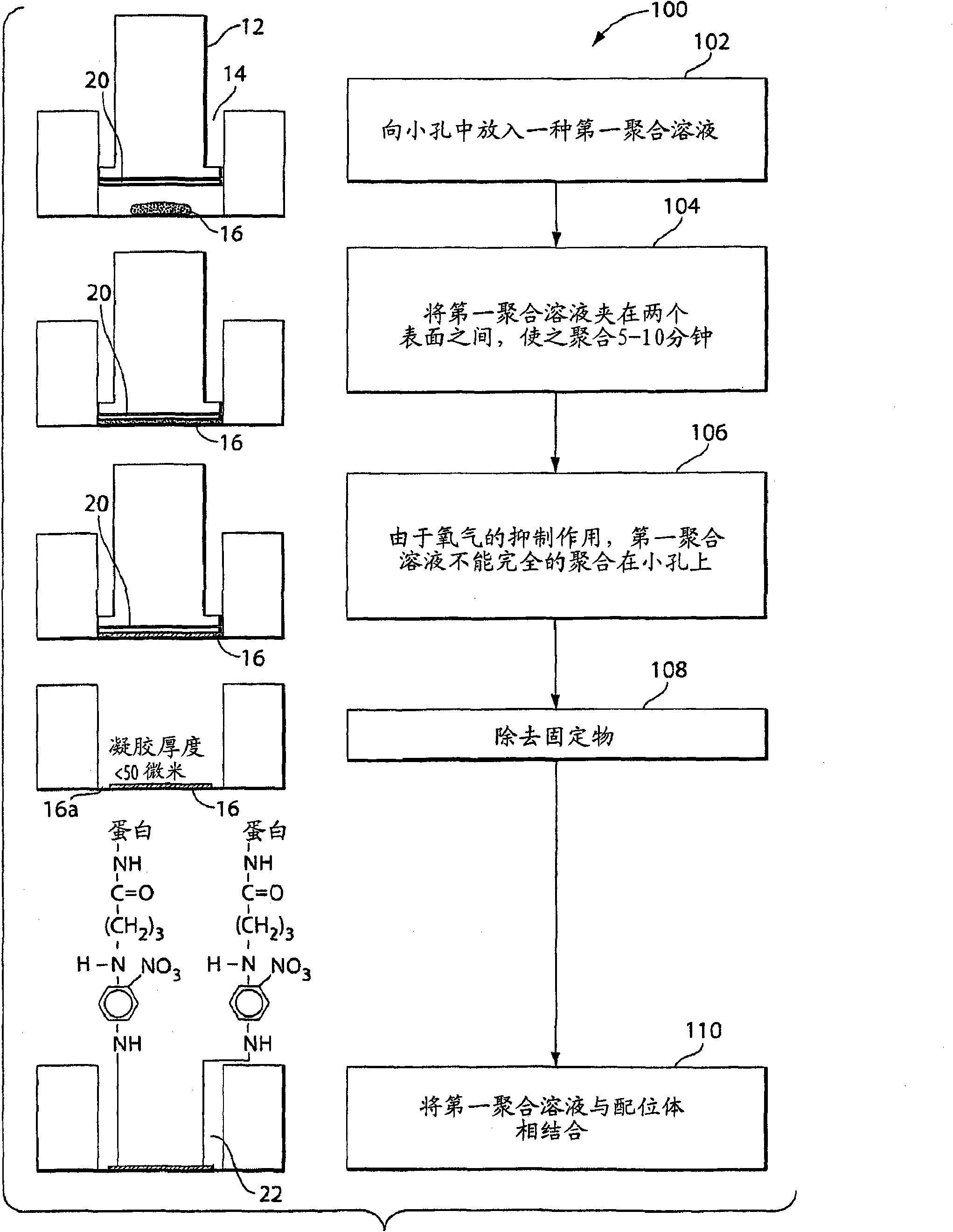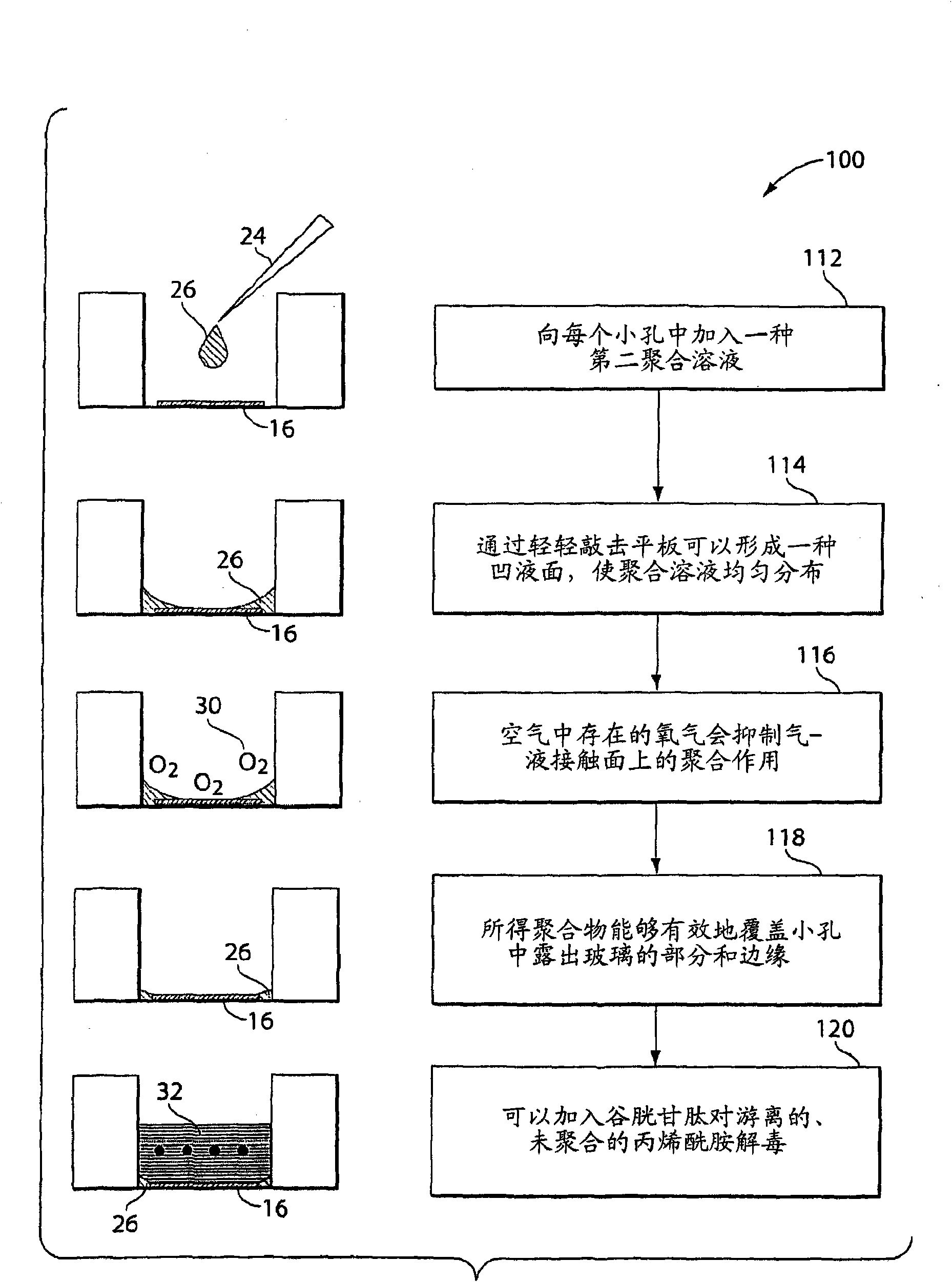Compliant surface multi-well culture plate
A plate and well plate technology, used in tissue culture, tissue cell/virus culture devices, general culture methods, etc., can solve the problem of inability to accurately predict in vivo functionality and toxicity, impractical technology, and astonishingly high prices. question
- Summary
- Abstract
- Description
- Claims
- Application Information
AI Technical Summary
Problems solved by technology
Method used
Image
Examples
Embodiment Construction
[0030]Cells grown on stiff plastic behaved differently than the same cells grown on soft tissue. For example, in general, rigid substrates not only support high rates of proliferation, but also reduce cell differentiation, which alters the normal function of cells in their natural environment. Thus, the invention described here provides a method for growing cells on substrates that mimic the elongated elasticity of soft tissue while providing a method in which fundamental aspects of the tissue environment can be captured while maintaining the simplicity of the in vitro system .
[0031] Embodiments of the invention described herein provide techniques for fabricating elastic hydrogels with a broad range of elasticity, in the physiologically relevant range. Glass bottom multiwell plates are used in this technique. Study cells in an appropriately resilient environment. Synthetic matrix-coated hydrogels can be used on porous plates to achieve a span of stiffness modulus values ...
PUM
| Property | Measurement | Unit |
|---|---|---|
| thickness | aaaaa | aaaaa |
| thickness | aaaaa | aaaaa |
Abstract
Description
Claims
Application Information
 Login to View More
Login to View More - R&D
- Intellectual Property
- Life Sciences
- Materials
- Tech Scout
- Unparalleled Data Quality
- Higher Quality Content
- 60% Fewer Hallucinations
Browse by: Latest US Patents, China's latest patents, Technical Efficacy Thesaurus, Application Domain, Technology Topic, Popular Technical Reports.
© 2025 PatSnap. All rights reserved.Legal|Privacy policy|Modern Slavery Act Transparency Statement|Sitemap|About US| Contact US: help@patsnap.com



